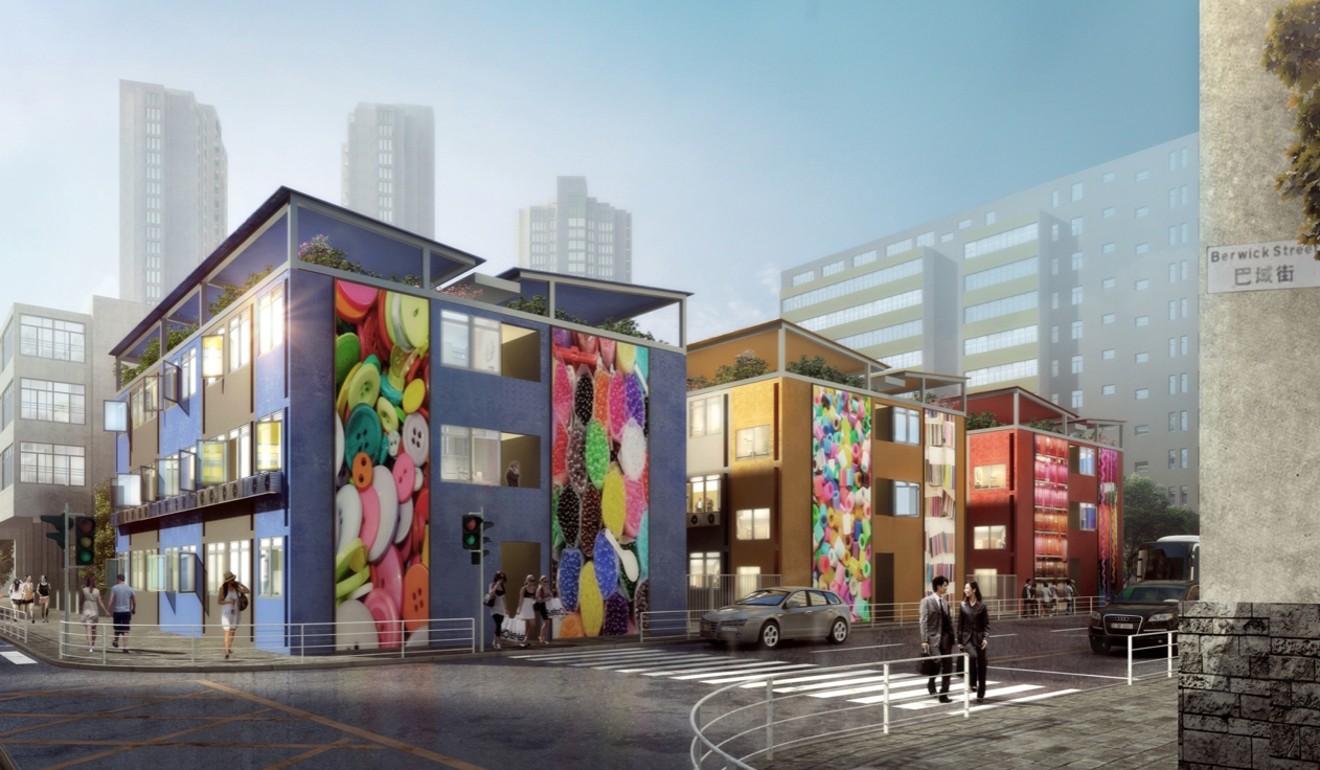
Hong Kong plan to ease housing crisis will ‘worsen car parking crunch’ in Sham Shui Po
Local councillor calls on government to build multi-storey car parks to make up for spaces to be lost to prefabricated housing
Marvin Chen, president of the Hong Kong Institute of Architects, commented after Secretary for Transport and Housing Frank Chan Fan revealed officials planned to build transitional housing atop a temporary car park in Lai Chi Kok.
The project providing flats for people on the city’s waiting list for public housing would be run by a non-governmental group, Chan said.

Sham Shui Po District Council member Yuen Hoi-man, of the Democratic Party, urged officials to build multi-storey car parks to make up for the loss in an area he said already faced a shortage of parking spaces.
“Illegal parking has been rampant in the area,” Yuen added. “We hope the government will release details about which temporary car park it plans to use, so residents in the neighbourhood can express their opinions.”
Ex-Hong Kong lawmaker wants Chinese army to hand over land for housing
Despite a lack of details regarding exactly which car park would be built on, Yuen said he suspected it was a 58,000 sq ft car park that is on a short-term tenancy on Po Lun Street. He said the car park, and two temporary ones nearby, were “full all the time”.
Chen believed it would be possible to build four or five floors of the stackable, prefabricated flats atop a car park in less than a year. The benefit would be that the flats could be moved elsewhere and reused when the tenancy was up.

“This could not only keep the function of the car park but also provide transitional housing for families in need,” Chen explained.
But he said this would lead to a loss of about 25 per cent of parking spaces, and the car park would have to be closed during construction.
Yuen said the government should consider building multi-storey car parks in nearby areas to make up for the loss, or it could encounter opposition when consulting the district council about the plan.
While receptive to the plan thus far, he noted some local residents were concerned there might not be enough facilities nearby to serve them as well as families living in the temporary flats.

